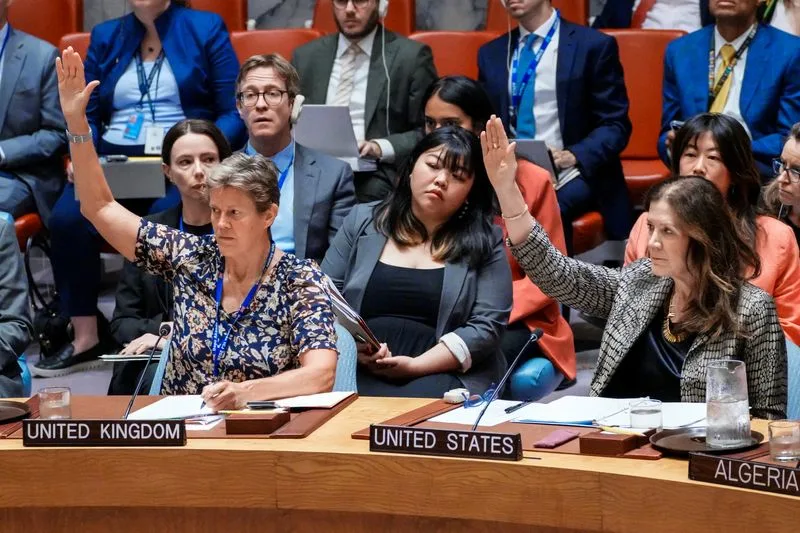Syllabus
GS-2: Effect of policies and politics of developed and developing countries on India’s interests, Indian diaspora.
Context:
Recently, Iran ratified a law to join the United Nations Convention for the Suppression of the Financing of Terrorism (CFT), marking a major development in its domestic and international efforts to combat money laundering and terror financing.
About the UN Convention for the Suppression of the Financing of Terrorism
- The International Convention for the Suppression of the Financing of Terrorism was adopted by the UN General Assembly on 9 December 1999, opened for signature on 10 January 2000, and entered into force in April 2002 after the 22nd ratification.
- It provides the first comprehensive international framework to criminalize and prevent the financing of terrorism.
Signatories are required to:
- Criminalize the provision or collection of funds intended for terrorist acts.
- Freeze, seize, or confiscate such funds.
- Enhance cooperation through information sharing, mutual legal assistance, and extradition mechanisms.
The Convention forms a core pillar of the global counter-terror financing architecture, with nearly all UN member states as parties.
Iran’s Background on Anti-Money Laundering (AML) Measures
Iran adopted AML legislation in 2008 and established key institutions, including:
- The High Council on Anti-Money Laundering,
- The Executive Secretariat, and
- The Financial Intelligence Unit (FIU).
Since 2007, the United Nations Office on Drugs and Crime (UNODC) has been providing technical assistance, seminars, and training to align Iran’s AML/CFT framework with UN and international standards.
Despite these efforts, Iran was returned to the FATF blacklist in 2020, alongside countries such as North Korea and Myanmar, for failing to meet global AML/CFT norms.
Implications
Economic:
- Ratification of the CFT signals Iran’s willingness to cooperate with the international financial system and to mitigate sanctions-related isolation.
- However, continued FATF blacklist status restricts access to global banking and investment channels.
- The move may help reassure partners like Russia, China, and India, but without full FATF compliance, substantial economic relief remains unlikely.
Domestic:
- Reformists view CFT accession as a pragmatic step toward economic stability and global reintegration.
- Hardliners fear it could limit Iran’s ability to fund groups such as Hezbollah, Hamas, and the Houthis, which Tehran supports under its “axis of resistance.”
- The divide reflects the tension between ideology and economic pragmatism within Iran’s policymaking establishment.
Geopolitical:
- While FATF acknowledged Iran’s engagement, it maintains the blacklist designation, citing unresolved issues on terrorism definitions and financial transparency.
- Thus, the ratification carries symbolic diplomatic value but limited immediate impact, as Iran continues to balance Western financial expectations with its regional strategic priorities.
About the Financial Action Task Force (FATF)
It was established in 1989 by the G7 to examine and develop measures to combat money laundering.
It initially comprised the G7 countries, the European Commission, and eight other countries.
Mandate and Functions: The FATF was tasked with:
- Examining money laundering techniques and trends,
- Reviewing national and international actions already taken, and
- Recommending measures to strengthen the global response against money laundering.
India became a member of FATF in 2010.

